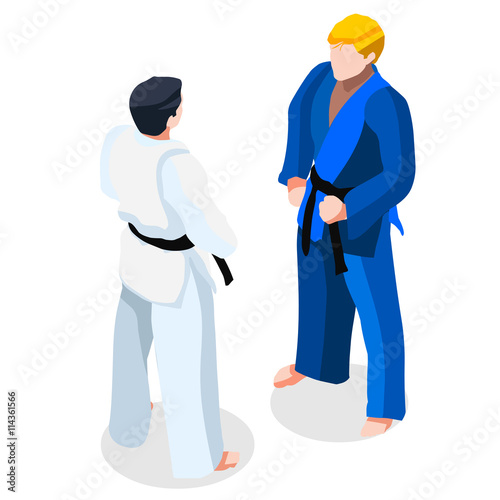Introducing The Range Of Martial Arts Disciplines: A Guide From Martial Arts To Taekwondo
Introducing The Range Of Martial Arts Disciplines: A Guide From Martial Arts To Taekwondo
Blog Article
Composed By-Aldridge Joseph
Are you tired of sensation bewildered by the vast globe of martial arts? With many styles to choose from, it can be very easy to get shed in a sea of punches, kicks, and strange names. go now fear not!
This discussion will certainly debunk the various fighting styles styles, taking you on a journey from the powerful strikes of Martial arts to the vibrant kicks of Taekwondo. Prepare to uncover the beginnings, strategies, and viewpoints behind these old art forms.
So, tighten your belt and prepare to start an informing expedition right into the fascinating globe of fighting styles.
Beginnings of Martial Arts Styles
The origins of martial arts styles can be mapped back to ancient civilizations and their need for protection and combat techniques. Throughout background, different societies developed their very own distinct approaches of combating, each with its very own collection of techniques and ideologies.
In China, for example, martial arts styles such as Kung Fu and Tai Chi were established as a way of protection and boosting physical and psychological well-being.
In Japan, the samurai warriors created designs like Martial arts and Judo, concentrating on self-control, accuracy, and proficiency of the body.
In what is mixed martial art , in Korea, Taekwondo became a martial art highlighting high kicks, quick movements, and psychological fortitude.
These early human beings laid the foundation for the diverse range of martial arts styles that exist today, each with its own rich background and cultural significance.
Techniques and Educating Methods
To grasp fighting styles styles, specialists need to learn different techniques and training techniques.
Techniques are the specific activities and activities made use of in combat, such as punches, kicks, throws, and blocks. more resources have their very own special set of strategies that specialists need to understand via strenuous training.
Training techniques differ depending on the style, but they generally entail a mix of physical conditioning, drills, sparring, and kinds.
Physical fitness is essential to develop stamina, versatility, and endurance. Drills help practitioners improve their techniques and boost their rate and accuracy.
Sparring allows professionals to practice their methods in a regulated, realistic setting. Kinds, additionally referred to as kata, are prearranged sequences of motions that aid professionals establish muscle mass memory and focus.
Viewpoints and Principles
Discovering the philosophies and principles of martial arts designs can give you with a much deeper understanding of your picked discipline. Each martial art has its own unique viewpoint and set of leading concepts that form the method it's exercised.
For example, Martial arts emphasizes self-control, regard, and self-constraint. It educates specialists to concentrate their minds and bodies, enabling them to defend themselves while keeping a feeling of internal tranquility.
On the other hand, Taekwondo positions a solid emphasis on rate, dexterity, and versatility. Its concepts are rooted in the tenets of politeness, honesty, perseverance, self-discipline, and unbeatable spirit.
Conclusion
Since you've discovered the beginnings, methods, and viewpoints of various martial arts designs, you have a much deeper understanding of these old techniques.
Visualize a young karate pupil, experimenting unwavering determination and focus, breaking through boards with a powerful strike.
Their trip showcases the dedication and strength required to understand a fighting style, advising us that with self-control and determination, anything is feasible.
